Idhayam Parikshan Labs Limited analyze various aspects of food products, including their colours and flavours. When it comes to food colours, there are several types of color additives approved for use in different countries, such as natural colours derived from plants, vegetables, and minerals, as well as artificial colours that are synthetically produced. Food Colours and Flavours are additives used in the food industry to enhance the visual appeal and taste of various food products. Both food colours and flavours undergo rigorous testing and regulation to ensure their safety for consumption. Idhayam parikshan labs Limited tests food colors and flavours are analyzed to ensure their safety, authenticity, and compliance with regulatory standards.Idhayam Parikshan labs Limited can determine the presence and concentration of these colours additives in food products to ensure they comply with regulatory standards. Similarly, food flavours can be natural or artificial. Natural flavours are derived from real food sources, while artificial flavours are chemically synthesized compounds designed to mimic natural flavours. Food testing labs can identify and analyze these flavors in food products using techniques such as gas chromatography and mass spectrometry. Idhayam Parikshan Labs Limited use various techniques to analyze food colors and flavors in different food products. Here’s an overview of how these components are typically tested in a food testing laboratory. Food Colours and Flavours

Food Colours
Food Flavours
This technique separates and identifies volatile compounds in a sample. In the context of food flavors, GC-MS can identify and quantify aroma compounds.
LC-MS can be used to analyze non-volatile compounds, including certain flavor compounds in foods.
Trained sensory panels evaluate food products for taste and aroma characteristics. This human-based testing provides qualitative data about the perceived flavors.
This technique focuses on the analysis of the volatile compounds present in the headspace (the space above the sample) of a sealed container. It’s often used to analyze aroma compounds.
In Idhayam Parikshan Labs Limited these methods are employed to ensure that food products meet regulatory standards, are of high quality, and are safe for consumption. Food scientists and technicians in Idhayam Parikshan Labs Limited are trained to use these techniques efficiently and accurately to provide reliable results to food manufacturers and regulatory authorities.




















